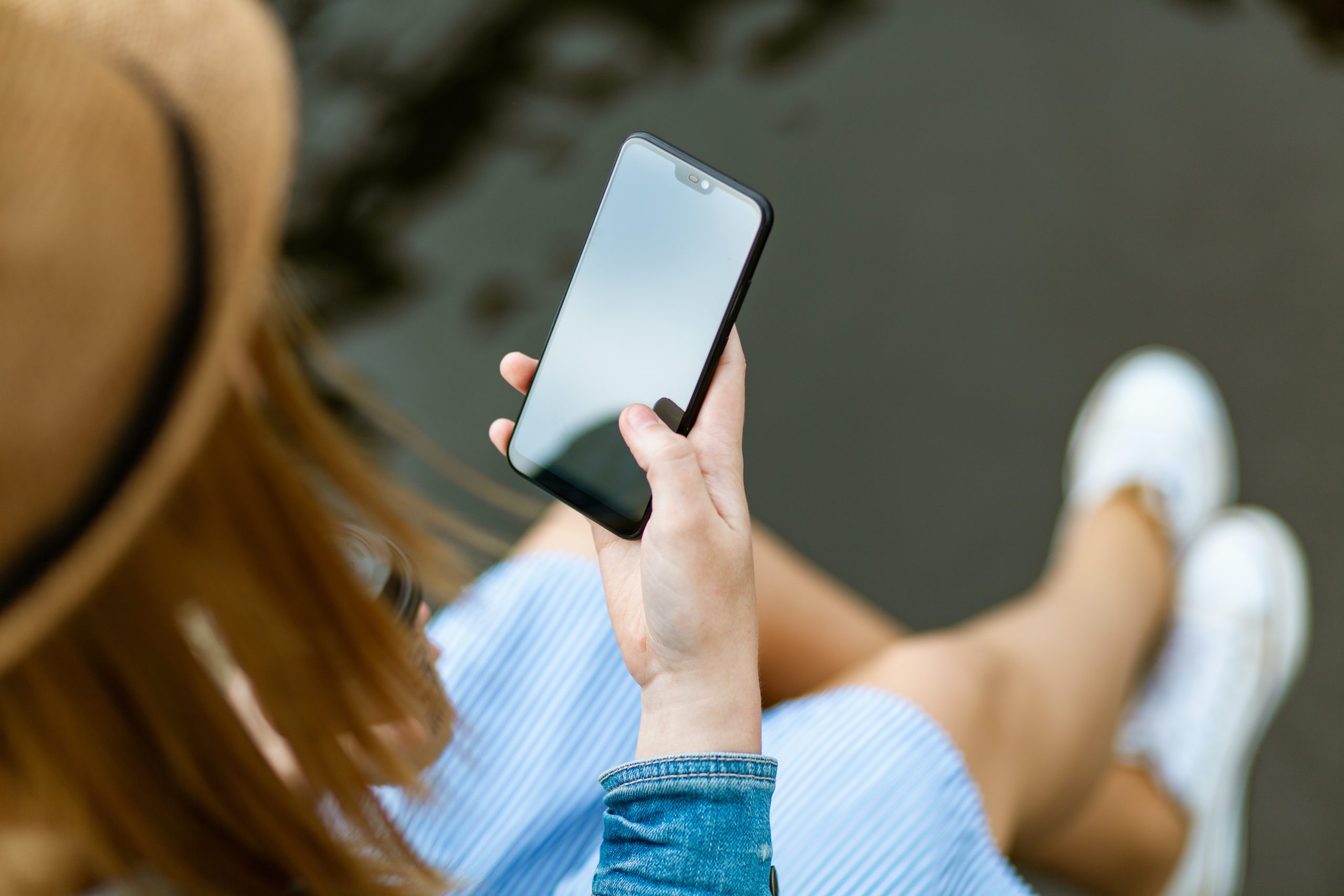Introduction of Flow

What is flow?
Flow is a marketing feature launched by Plexins on January 10, 2023. It refers to a visual flow builder that utilizes various nodes in the business process, user characteristics, operational requirements, and data integration. By setting up triggers, conditions, timing, and actions, it automates marketing tasks.
When a customer's specific behavior triggers the set conditions, the flow will send designated SMS or email content to the user or assigns classification tags to them. This helps sellers achieve automated operations and significantly improves operational efficiency.
Why use flow?
● Enable sellers to achieve marketing automation: From the welcome message after a customer subscribes to the store, to recovering abandoned carts, to reactivating customers, flow pre-build trigger processes based on customer behavior. This ensures uninterrupted marketing activities and helps sellers achieve marketing automation.
● Save sellers time and effort: flow include pre-set trigger conditions and the resulting marketing actions and content. Sellers simply need to click to start the flow. By converting marketing actions into a series of flows, sellers no longer need to manually conduct marketing activities for each customer, significantly saving their time and effort.
● Enhance user value: By analyzing and gaining insights into user behaviors, interests, attributes, and more, a comprehensive and precise user profiling system is built. Leveraging flows, personalized content can be delivered to users. This greatly improves the conversion rate of store users and enhances their value.
Learn about flow in Plexins.
Click "Flow" in the "Automatic Marketing" column in the menu bar to enter its page.
- After the title "Flow," there is a "Video Tutorials" icon. Clicking on it will bring up relevant tutorial videos to help you better understand how to use the flow.
- In the top right corner of the page, there is a "Create Flow" button. Clicking on it will take you to the design page, where you can create the flow you need to help with your store operations and start your flow journey.
- Below the "Create Flow" button, you will see the "Templates" section. This is a user-friendly feature offered by Plexins. Based on the store operations, Plexins has designed ten common templates for users, covering a variety of marketing activities, from abandoned cart recovery to increasing repeat purchases to activating new users. It is worth noting that some templates support both email and SMS messaging, while others only support SMS.
- Finally, at the bottom of the page, you can see the activity status of all your flows. The page displays the name of each activity, the number of sent, recipients, and clicks, and the last edit time. You can activate or stop the flow by clicking on the corresponding button. If you want to edit or delete the activity, click on the three-dot button to choose edit or delete.
Understanding the basic components of flow.
A flow consists of triggers, conditions, timing, and actions. Once you enter the flow design phase:
Step 1: You need to select the trigger type first. Plexins has designed six types of triggers based on user needs.
Next, you set the filter conditions and trigger frequency for the trigger. This will determine which customers will trigger your flow, enabling you to target them with precision marketing.
Step 2: You need to select the next flow condition. There are three options available:
(1) Add user filter conditions: You can set conditions to categorize users. Those who meet the conditions will be classified as "yes," while those who don't will be classified as "no." Based on this, you can proceed to the next step of the flow design.
(2) Add actions: You can define the actions to be taken when the trigger is activated. There are three types of actions:
Send SMS: Send an SMS to the user who triggered the process.
Customer Tags: Add tags to the user who triggered the process.
Send Email: Send an email to the user who triggered the process.
(3) Add timing: You can set the time for the action to be executed after the user triggers the flow. Based on this, you can proceed to the next step of the flow design.
These are the basic components of an automation flow. You can continuously combine and customize them to create a powerful and detailed flow that helps you with your store operations, frees up your hands, improves efficiency, and yields high returns!